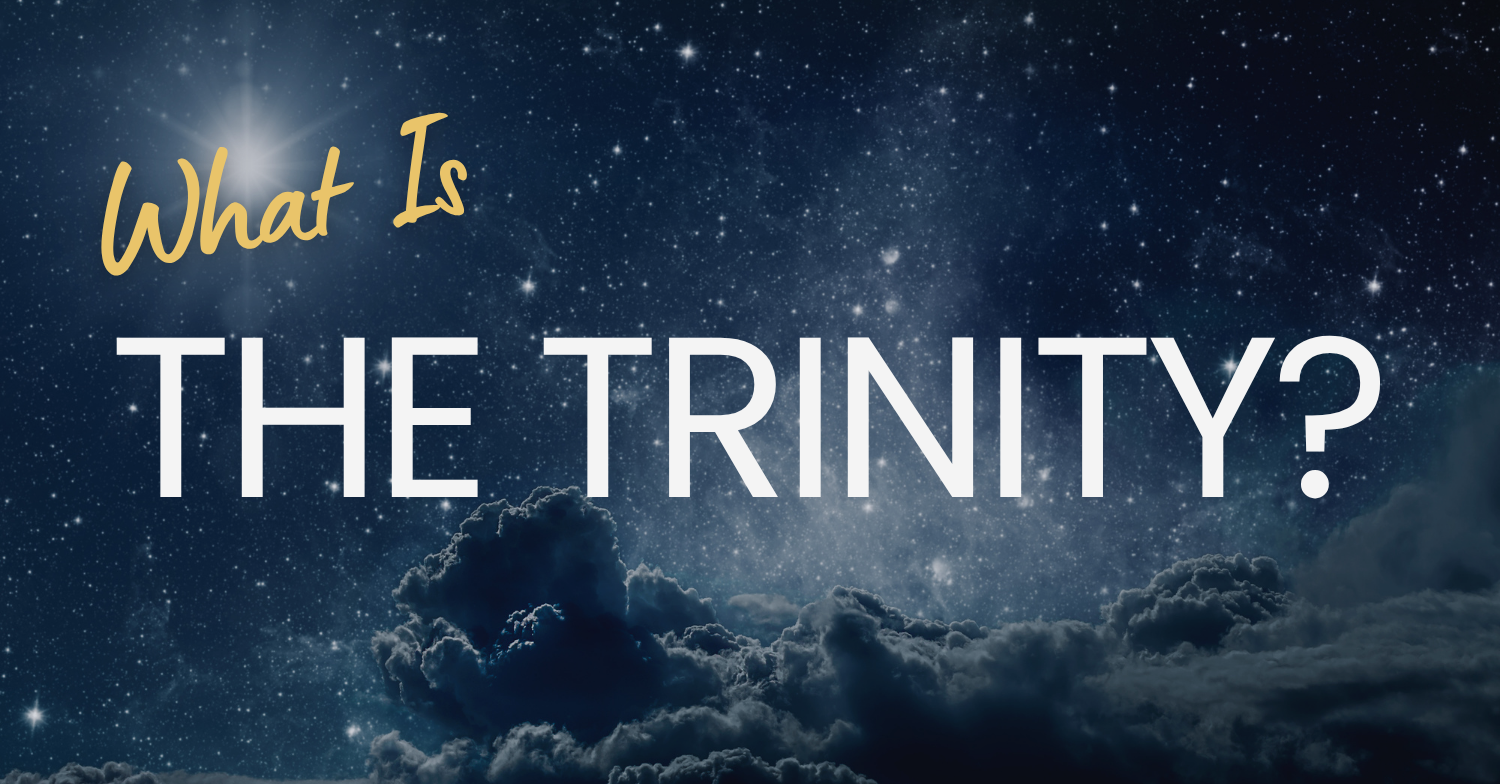
The Problem with Popular Analogies
Much ink has been spilled and many analogies created in an attempt to explain the Doctrine of the Trinity succinctly. We have all heard the Trinity likened to a three-leaf clover; water in its various states of matter; and an egg with its various parts—yolk, white, and shell. While the attempted explanations may be commendable, these analogies and many others are plainly wrong. (Check out the satire video “St. Patrick’s Bad Analogies” for a great mixture of theology and comedy.) So, what then? Are we to give up on any attempt to understand this fundamental doctrine of the Christian faith and miss out on the joyous and purposeful revelation of God as three in one? To borrow from our recent Romans study...by no means!
The Right Starting Point: What We Know for Sure
When it comes to understanding any challenging biblical doctrine, I find it best and safest to limit ourselves to what can be said for certain. So, as we come to the Trinity, we must state what we know to be true. First, the Bible reveals to us one God (Unity), and second, this one God is revealed in three persons (Trinity): Father, Son, and Holy Spirit. At all points, we must uphold both these truths, God’s Trinity (three-ness) and God’s Unity (oneness), and never overemphasize one essence at the expense of the other.
God's Unity: One Undivided Essence
God’s Unity means that there is one single essence that is God, and this divine essence (His “God-ness”) is equal and eternal (not divided like pieces of a pie nor different with the passage of time) among each person of the Trinity. The Father, Son, and Holy Spirit are each uncreated, immeasurable, eternal, almighty, all glorious, etc., and yet they are one God, not three Gods. The Father is not more uncreated than the Son or the Holy Spirit; the Son is not more glorious than the Father or the Holy Spirit; the Spirit is not more almighty or immeasurable than the Son or the Father; and so on. (See Phil 1:2, Titus 2:13, and Acts 5:3-4 for a scriptural reference to each person being referred to as God.)
God's Trinity: Three Distinct Persons
At the same time, the Bible clearly reveals God as three persons: the Father, the Son, and the Holy Spirit. And so, we ought not “confound the persons,” in the words of the Athanasian Creed, meaning we ought not treat the persons of the Trinity as an amorphous blob, ignoring the personhood of each as is clearly and purposefully revealed to us in the Scriptures. They are each distinct persons, distinguished by their personal relations, which we will discuss further in subsequent articles. In the meantime, the Athanasian Creed and The Westminster Shorter Catechism Question 6 are useful references for further reflection and study.
